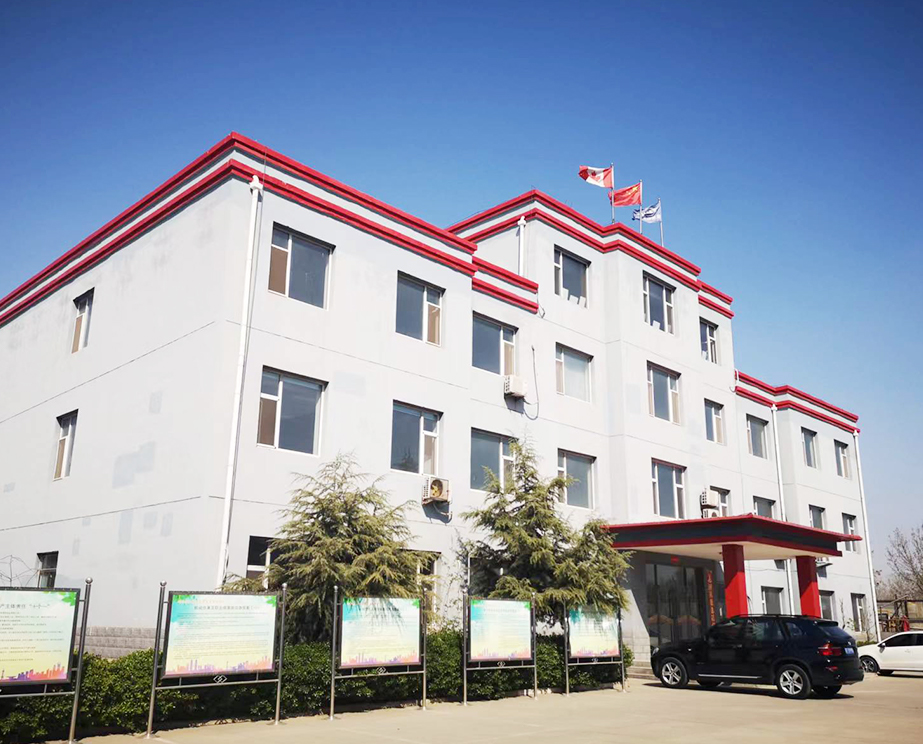- Afrikaans
- Albanian
- Amharic
- Arabic
- Armenian
- Azerbaijani
- Basque
- Belarusian
- Bengali
- Bosnian
- Bulgarian
- Catalan
- Cebuano
- Corsican
- Croatian
- Czech
- Danish
- Dutch
- English
- Esperanto
- Estonian
- Finnish
- French
- Frisian
- Galician
- Georgian
- German
- Greek
- Gujarati
- Haitian Creole
- hausa
- hawaiian
- Hebrew
- Hindi
- Miao
- Hungarian
- Icelandic
- igbo
- Indonesian
- irish
- Italian
- Japanese
- Javanese
- Kannada
- kazakh
- Khmer
- Rwandese
- Korean
- Kurdish
- Kyrgyz
- Lao
- Latin
- Latvian
- Lithuanian
- Luxembourgish
- Macedonian
- Malgashi
- Malay
- Malayalam
- Maltese
- Maori
- Marathi
- Mongolian
- Myanmar
- Nepali
- Norwegian
- Norwegian
- Occitan
- Pashto
- Persian
- Polish
- Portuguese
- Punjabi
- Romanian
- Russian
- Samoan
- Scottish Gaelic
- Serbian
- Sesotho
- Shona
- Sindhi
- Sinhala
- Slovak
- Slovenian
- Somali
- Spanish
- Sundanese
- Swahili
- Swedish
- Tagalog
- Tajik
- Tamil
- Tatar
- Telugu
- Thai
- Turkish
- Turkmen
- Ukrainian
- Urdu
- Uighur
- Uzbek
- Vietnamese
- Welsh
- Bantu
- Yiddish
- Yoruba
- Zulu
Tubing and Casing Design for Effective Oil and Gas Well Operations
Understanding Tubing and Casing in Oil and Gas Industry
In the oil and gas industry, tubing and casing play critical roles in the extraction and management of hydrocarbons. These two components are essential for ensuring the integrity and safety of drilling operations. Understanding their functions and differences is crucial for anyone involved in petroleum engineering, drilling operations, or reservoir management.
Casing is the steel pipe that is permanently placed in a wellbore after it has been drilled. Its primary purpose is to stabilize the well, providing structural integrity and preventing the collapse of the borehole. Casing also serves to isolate the various geological formations encountered during drilling, preventing unwanted fluids—such as water or gas—from migrating into the wellbore. This is particularly important for protecting shallow aquifers and maintaining the integrity of the well. There are several types of casing, including surface casing, intermediate casing, and production casing, each with specific functions and design considerations.
tubing and casing

Tubing, on the other hand, is a smaller diameter pipe inserted within the casing to transport the oil or gas from the reservoir to the surface. While casing is installed for structural support and isolation, tubing is designed for efficient production. It must be strong enough to withstand the pressures of the hydrocarbons being extracted, yet flexible enough to allow for thermal expansion and contraction. Tubing is often equipped with various completion equipment, such as packers and valves, which help control the flow of hydrocarbons and enhance production efficiency.
The relationship between casing and tubing is symbiotic. Properly installed casing protects the tubing from potential damage caused by pressure fluctuations or environmental factors. Conversely, the tubing system allows for controlled extraction and enhances the productivity of the well. Engineers must carefully select materials and sizes for both components to ensure they meet the demands of the specific well conditions.
In conclusion, tubing and casing are integral parts of a successful drilling operation. By providing structural support and facilitating the safe extraction of hydrocarbons, they ensure the efficiency and safety of wells in the oil and gas industry. Understanding the nuances of their roles assists engineers and operators in making informed decisions that enhance production while safeguarding the environment. As technology advances, innovations in tubing and casing design will continue to evolve, improving extraction techniques and operational sustainability.
-
Tubing Pup Joints: Essential Components for Oil and Gas OperationsNewsJul.10,2025
-
Pup Joints: Essential Components for Reliable Drilling OperationsNewsJul.10,2025
-
Pipe Couplings: Connecting Your World EfficientlyNewsJul.10,2025
-
Mastering Oilfield Operations with Quality Tubing and CasingNewsJul.10,2025
-
High-Quality Casing Couplings for Every NeedNewsJul.10,2025
-
Boost Your Drilling Efficiency with Premium Crossover Tools & Seating NipplesNewsJul.10,2025







